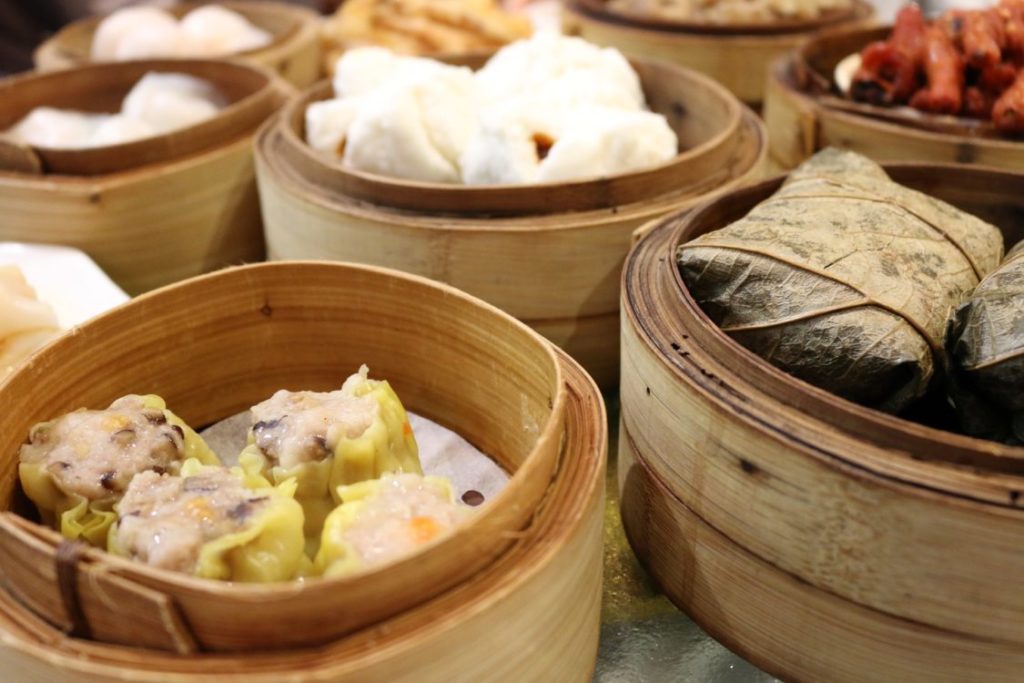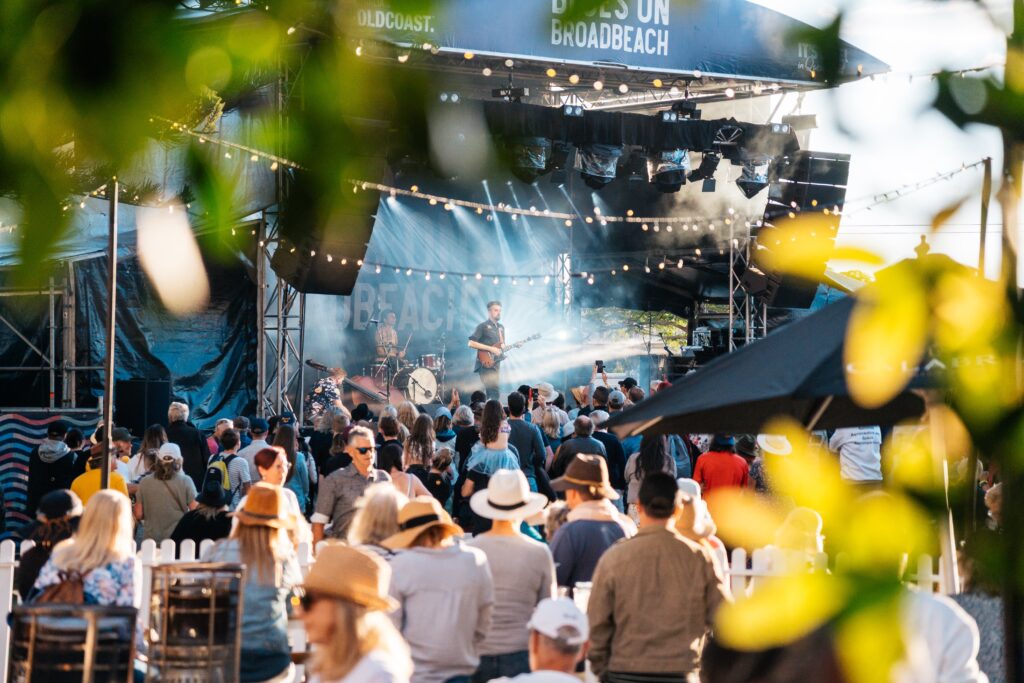This article was written by Gary Lee, New Australian of the Year 2016 and Yum Cha expert. Follow Gary on Instagram & Twitter: @garyleecious
The conversational bustle, amplified by the uncarpeted flooring in older style restaurants, the rush for empty seats, the clatter of dim sum trolleys knocking against tables and chairs, the sight of foreign fare on trolleys (think tripe, chicken feet) and the hustle of gesticulating waiters can be an overwhelming introduction to the art of yum cha; but it’s a wonderful experience indeed.
For the uninitiated, I would describe yum cha as a brunch of dumplings; and it’s a treat for the entire family. It is when we savour the delights of dim sums (not to be confused with the Australian dim sims), which encompass both sweet and savoury, bite-size, intensely flavoured dumplings; steamed and fried.

Cantonese for ‘heart’s delight’, dim sums have inevitably made its way to the dining tables of many Australians.
The loud mélange of conversations set the ambience of all yum cha restaurants. Yum cha is sociable; it’s exciting and allows you to make the most of out of a lazy susan, the contraption that spins in the middle of the table. Just be cautious of chopsticks, spoons or handles sticking out of the wheel, as it’s very common for them to knock over Chinese tea cups during a spin; but always an entertaining ordeal.
Yum Cha in Melbourne has definitely evolved over the years. More yum cha joints have sprouted across cities, each offering a mouthwatering selection of specialised dumplings. Some joints have even gone posh, offering dumplings with truffle and other unexpected flavours such as cheese and bolognese, yes bolognese in their dumplings! Some places only cook to order.
But age old traditions remain. Nothing beats securing a table at a busy yum cha restaurant and seeing the yum cha trolley whizz pass. A great variety of succulent nibbles are spread out before you, each one more willing than the next to pleasure your taste buds with an array of taste and aroma.
There is no crime in asking what particular items are (it can be difficult to tell) and there’s no sin in taking multiple plates. Merely point and nod at whichever dish you want, and it will be yours. As you get your dumplings from the trolley, waiters will record the number of items you have picked on an order sheet, and prices are usually in accordance with the size and type of dumplings you have selected.
There will be chopsticks at your table. If you are uncomfortable or cannot eat with chopsticks, then ask for a fork. There’s never any embarrassment in asking for whatever you can work with best, because if you struggle with your utensils, then you will miss out on food on the centre of the table.
Tea is the perfect complement to yum cha and should be consumed hot. Most restaurants are happy to do refill as the pots are easily be replenished with hot water. A good tip to know is that if you want a refill, just take off the lid off the teapot and balance them on the handles; or simply flips the lid upside down. Lifting the lid is a polite and clear gesture to get the waiters to refill your teapot; which means you can continue eating without having to flag down a waiter. According to Chinese traditions, you should always tap twice with two fingers on the table as a ‘thank you’ gesture when someone fills your teacup.
Shamefully, despite growing up with yum cha, I still have a very limited vocabulary of what each dumpling is called. Fortunately, the great part of ordering is that you can simply point at the ones that appeal to you most! So here are some of my favourites, and ones I can actually order by name:
Siu mai (pork and prawn) – these dumplings are perhaps the most iconic yum cha item and it is always the first item I look or ask for when I am at a yum cha restaurant. These steamed pork and shrimp dumplings are incredibly juicy and flavourful.

Har gao (prawn dumplings) – for the seafood lovers, you can’t go past these. A delicious prawn is wrapped in almost translucent, stretchy, delicate wrapper.
As a force of habit, I order both these dumplings at the same time. I just ask the waiters for har gao siew mai because they are both my absolute favourites.
Har cheong (prawn rice noodle rolls) – these steamed rice noodle rolls with prawns are absolutely divine. You can also opt for the barbecued pork alternative. They are served in a bed of sweetened soy sauce.
Char siew bao (steamed pork buns) – I grew up eating these buns from the local ‘kopitiams’ (coffee shops). These are irresistible steamed buns are filled with slightly sweetened barbecued pork. I usually order them last, as they are very filling.
Tan tart (egg tarts) – not to be confused with lemon tarts (as they both look similar in colour and shape) this is my must-have dessert. This egg custard baked inside a butter pastry crust is delightful, especially for those who prefer a well-balanced, savoury-sweet finish to their meal.
So if you have yet to try yum cha, I strongly recommend it. Go with an open-mind and enjoy the experience; and as for the brave, try phoenix claws (chicken feet); a bowl of juicy, chewy cartilage, skin and bones. Yum.





